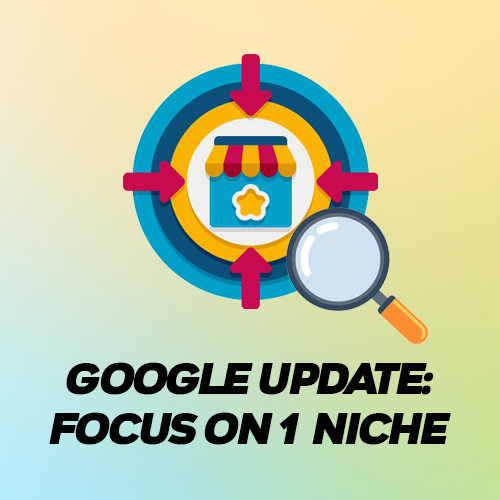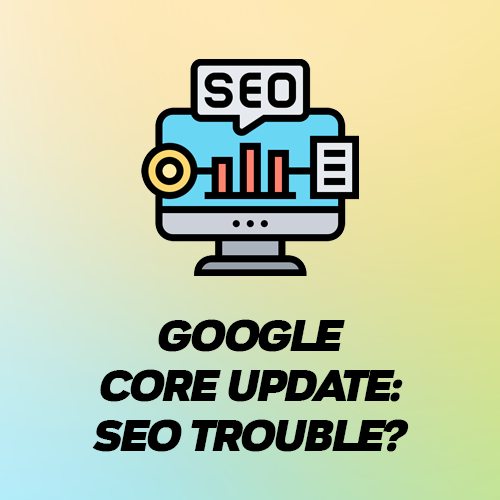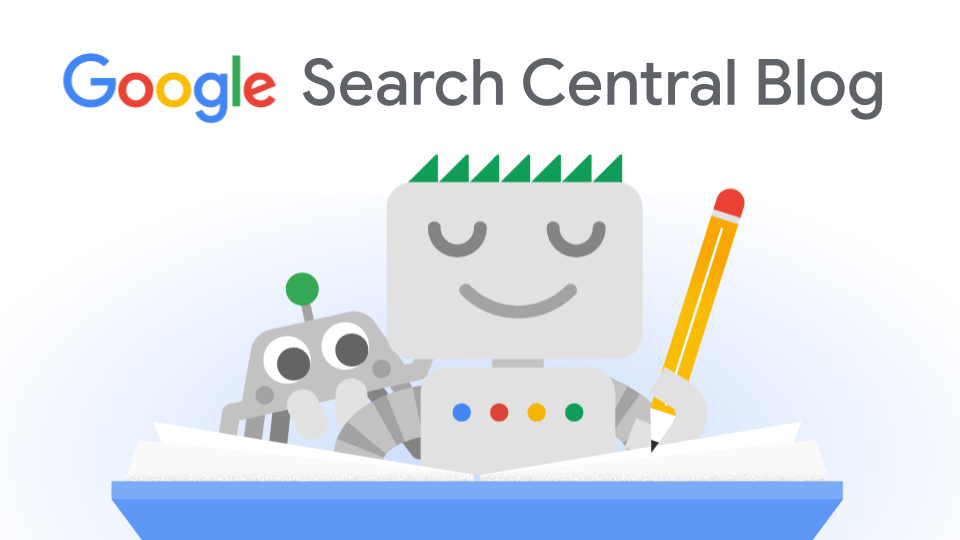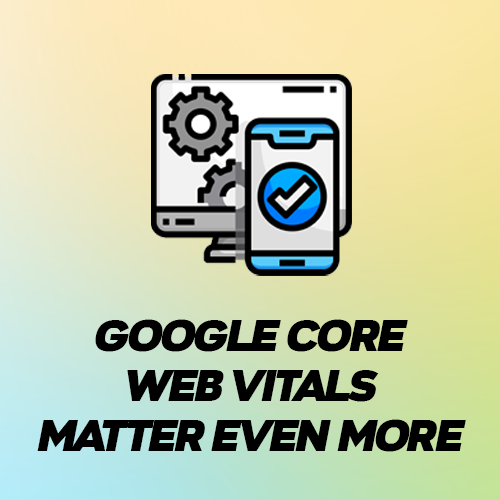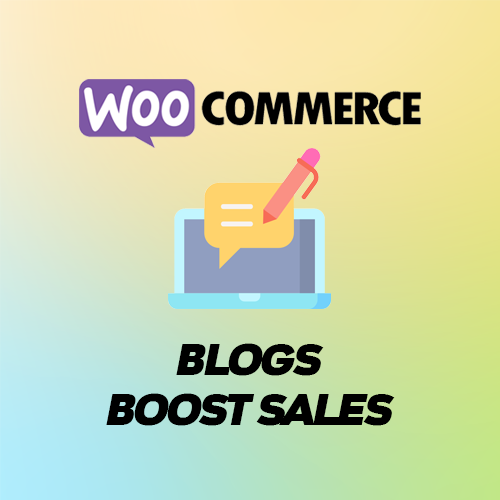Highlight your Niche, Don’t Overgeneralize
For many business owners, there is a general perception that their online content should be as broad as possible, drawing customers in from all corners of the web.
That line of reasoning has been stomped by the May 2022 Google Core Update! Google wants to prioritize content that highlights the E-A-T model:
- Expertise
- Authoritativeness
- Trustworthiness
How do you improve the E-A-T rating of your site? Get positive reviews on your products, ask for mentions from followers or fellow businesses, and ensure that users feel safe and secure when buying products from your site. Ask for customers to leave positive feedback on sites like Trust Pilot or Google reviews – that is a surefire way to improve your E-A-T!
Be a Specialist: Highlight your Niche
In doing so, it appears Google wants to boost e-commerce stores and content that demonstrate strong expertise in their niche, and do not try to blast out mundane, poor-quality content on everything from celebrity news to “The best couches of 2022.”
This is potentially a huge boon for niche e-commerce business owners. You no longer have to dilute your online content by broadening its scope! Rather, it’s best now to push the other direction, and make your posts specialized to your niche business. Google Search wants to reward e-commerce businesses who provide the highest-quality products in their field, and will no longer let retail giants outrank SME competitors based solely on their larger online domain.
Refine Your Search Results with Longtail Keywords
Picking the relevant keywords to buy Google ads has always been important, but the recent Google Core Update makes longtail keywords more important than ever before. What are longtail keywords? They are the manifestation of “niche” interests within search engines. Longtail keyword phrases are highly specialized and specific, meaning instead of a customer searching…
“Buy shampoo,”
They search:
“Shampoo with all-natural ingredients and anti-dandruff.”
Instead of searching,
“Buy new couch,”
They search
“New cherrywood handmade couch with futon and memory foam cushion.”
Notice the difference? Longtail keywords are generally longer (3+ words), describing very specific products. Review your current product line, and make sure you only buy Google AdWords that describe your product in precise detail! They usually have lower a lower cost-per-click (CPC) as well, so that’s an added bonus for your online marketing budget.
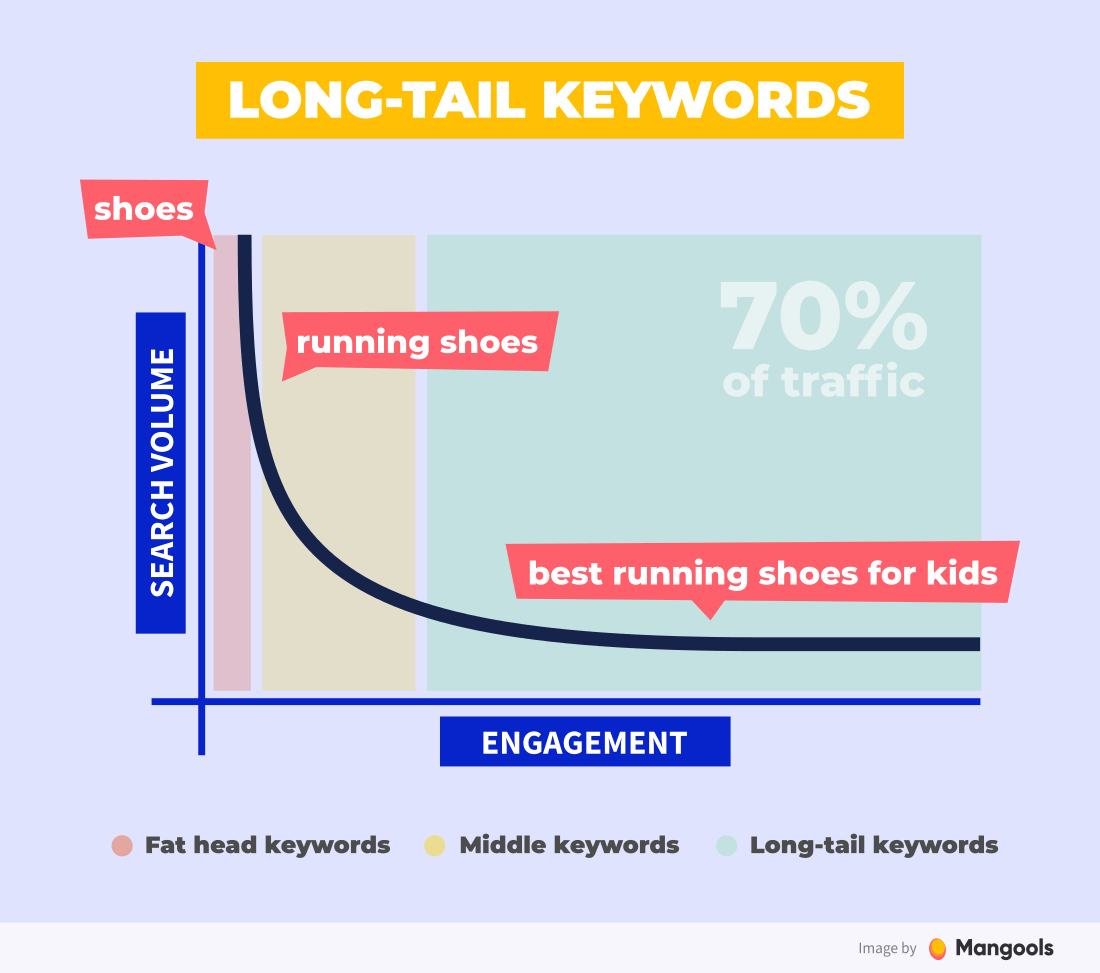
Amazon: The King of Longtail Keywords
While they are a retail giant now, Amazon is the classic example of longtail keyword success. When they were simply a humble bookstore, Amazon did not want to compete by selling 1,000,000 copies of the most recent bestseller. Bookstore giants like Barnes n’ Noble were dominant on these popular titles.
Instead, Amazon aimed to sell books with niche audiences, maybe only selling 10 copies of each title. However, if they were able to dig and find 100,000 books that each had a niche audience of 10, guess what… they still sold 1,000,000 books 😉 In essence, longtail keywords are a big reason why Amazon became the retail giant it is today.
Conclusion: Google Core Supports Longtail Keywords
If you want to benefit from the recent Google Core Update, find longtail keywords related to your product line, bid on low-CPC Google AdWords related to them, and watch your sales grow! If you are having trouble retargeting customers, or want an advertising option outside Google’s Display Network, contact Ad360 today! We have the niche expertise to power your digital marketing success 😊
